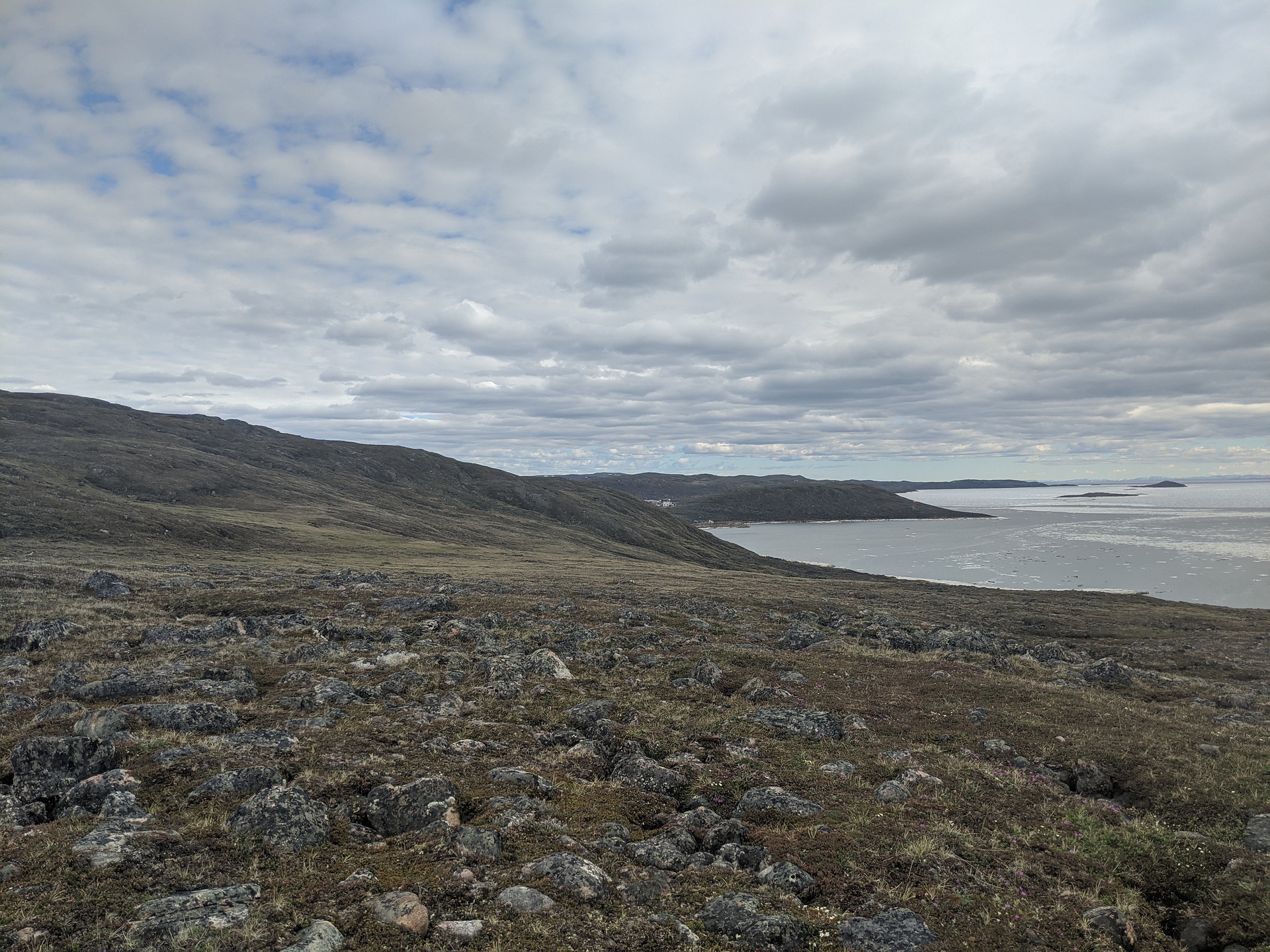Aren’t secrets interesting? A re-read of Thiel and Masters (2014) “From One To Zero” prompts this post. It was a dark read my first time through. It was a little brighter on the second. On third reading, I noticed a yellow fibre weaving through the tapestry. Come along as we tug on that single, beautiful thread. A secret has several quality attributes: And all the degrees in between. Let’s have some fun. Information or Not Claude Shannon (1948) defined information as a set of possible messages, he wrote: “The word communication will be used in a very broad sense to include all of the procedures by which one mind may affect another.” Let’s overthink that. He was an important contributor[…]
Category: Public Policy
A quality attribute, in systems engineering, is a non-functional requirement. You can think of it as an adjective that describe a system. Consider information virtual goods and the different kinds of deals we’re presented with [1]. One major design pattern is that a group of people gather information, concentrate it into a single artifact, and distribute it. You pay attention to that artifact. In exchange, a portion of your attention is sold to yet another group of people who are willing to pay for that attention. Those artifacts in the 20th century included: the newspaper, the magazine, the radio broadcast, the news reel, the 30 minute, 60 minute, and 24 hour linear television newscast format. Towards the end of the[…]
It’s kind of amazing we know how to abstract at all. It’s an unreasonably effective skill. It enables a high bandwidth way of transmitting information. Learning through demonstration is pretty effective. Learning through symbolic representation even more so. Consider these words. They’re made up of sounds. The sounds can be strung together to symbolically represent physical things and virtual concepts. We learned how to draw physical representations of physical things. Then the alphabet was invented, letters themselves an innovation because they originally symbolized sounds. The letters have long since drifted from their original sounds. So much so that in English, we cram 48 sounds into 26 letters. The English alphabet is an overloaded abstraction. Stories too are overloaded abstraction. There[…]
Canada is a land of many Canadas. There’s the Maritime version, the Montreal version, the inland BC version…so many versions really. In spite of how different those Canada’s are – they’re all down South. The North is entirely different. More people live on Prince Edward Island (~160,000 people over ~5400 KM^2) than the entire North (~126,000 over ~2.5 million KM^2). I don’t even fully comprehend just how different life is in the North. It’s always been expensive and hard to get up North. It’s brutal by foot and paddle. It’s expensive by boat, rail, truck and airplane. The most obvious factor is the distance. The spaces are vast. Less obvious is how much more expensive it is to build transportation[…]
What you believe has a lot to do with who you believe. Who you believe, and who you don’t, can be represented as a network. Networks cause and reinforce trust. In this post, I’m going to try to make the connection between trust, society, and the delta variant of COVID. As I begin writing this post on July 20, 2021, I know about Delta Variant. We know that it’s burning through large populations of unvaccinated people. I think most people see it coming. And as the days passed, I watched increasing anxiety about what is to come. As a I publish this on August 1, there still isn’t much evidence of a mass urgency to vaccinate. So why the inaction?[…]
The Canadian state has had an interesting relationship with networks since the beginning. Networks connect things and enable outcomes. Those who direct and influence the State have preferences for what those outcomes should be. To understand how the state is grappling with the consequences of social networks, it might be useful to look at how it has grappled with physical networks. We’ll begin with some basic theory about the Canadian State. Canada is made of citizens. Some of those citizens become leaders. Those leaders try to create some explainable representation of society’s optimal social welfare function, and package it into something people can recognize, understand and vote for. They do that because they need the consent of the citizens in[…]
I used to conjure Louis Del Grande to appear on my television. I used steel wool on the antenna of a black and white set, Tuesday’s at 7 or 8pm, on CBC. Louis played a tabloid journalist that fought crime, fought his wife, fought the Crown, cracked jokes, and in the end would solve the murder mystery with a fuzzy psychic flashback. The show was called, wait for it, Seeing Things. I thought it was neat how he could see the past so clearly, with psychic flashbacks, often at the most inconvenient time. I remember wanting to see the future like that. It was unlike anything I remember watching on television. Last night I scrolled through over a hundred titles[…]
There are at least two systems of achieving productivity growth: path dependence and disruption. What if there is a third way? This post unpacks that paragraph and explores ways through. It will start with explaining lock in and path dependence. We’ll cover the application narrow machine intelligence in a very narrow industry. It will end with a small scenario and a few what ifs. Lock In Consider banner advertising. This is a relatively old industry. Its roots predate the Internet by at least a couple hundred years. It may have started thousands of years ago. It starts out with a person with a problem. They need to get the word out about their product or service. Reframed, they need to[…]
Torben Iversen and Anne Wren wrote (1998) “Equality, Employment, and Budgetary Restraint: The Trilemma of the Service Economy” and published it in World Politics, (50), 4, pp. 507-546. And it’s a good read. And you could read it for yourself right here. Here’s a summary in one image: What It Means What causes the Trilemma itself? It’s the idea that productivity doesn’t really grow in a pure local services economy. A restaurant can only serve so many meals, barber cut so many heads, a teacher so many students, a surgeon so many people, a police officer so many arrests. It’s far harder to get compounded year on year growth in productivity in services. As I’ll argue below, it isn’t impossible.[…]
There are many calls to break up tech. Break up what, exactly? Regulate tech? Regulate what? There’s a lot of polarization about what to do about Facebook, Amazon, Apple, and Google. That polarization is in part driven by anger. Dig a bit deeper and see fear. Maybe you’re feeling it. Here’s how I see it. The Assumptions People are heterogenous. Peoples’ beliefs are heterogenous. Peoples’ willingness to believe are heterogenous. Peoples’ inventiveness and imagination are heterogenous. Peoples’ willingness to tell or repeat stories are heterogenous. Peoples’ susceptibility to stories, and to storytellers, are heterogenous. Peoples’ need to belong are heterogenous. People form networks because they need to belong. Information (Gossip, facts, stories) is transmitted along those networks. These variables (information,[…]






